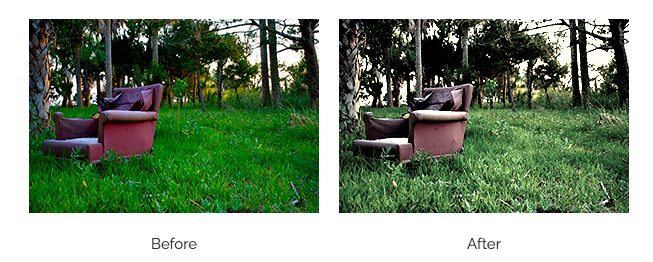Before we can start using different features of the library, we will have to include it in our project. This can be done either by downloading the library or linking directly to a CDN.
<script src="https://cdnjs.cloudflare.com/ajax/libs/camanjs/4.1.2/caman.full.min.js" integrity="sha512-JjFeUD2H//RHt+DjVf1BTuy1X5ZPtMl0svQ3RopX641DWoSilJ89LsFGq4Sw/6BSBfULqUW/CfnVopV5CfvRXA==" crossorigin="anonymous"></script>There are two ways to use the library:
- Using the
data-camanattribute with our image elements. This attribute can accept a combination of different CamanJS filters as its value.
<img src="path/to/image.jpg"
data-caman="brightness(10) contrast(30) sepia(60) saturation(-30)">- Calling
Caman()with the id of thecanvaswhere we have rendered the image and different filters that we want to apply to the rendered image. This method assumes we already have a canvas element in the page, and we would like to load an image via URL into the canvas for editing with CamanJS. We can also give DOM objects instead of Strings if we prefer.
Caman("#canvas-id", "path/to/image.jpg", function () {
this.brightness(10);
this.contrast(30);
this.sepia(60);
this.saturation(-30);
this.render();
});- Read the article to learn more: Image Editor using CamanJS

